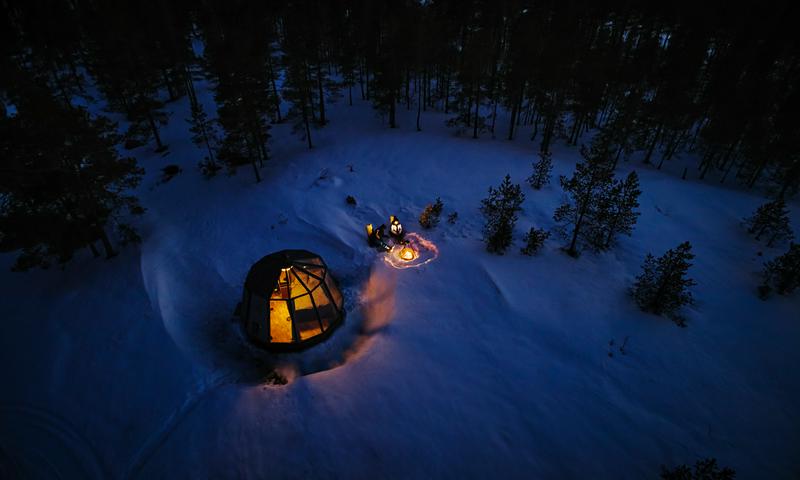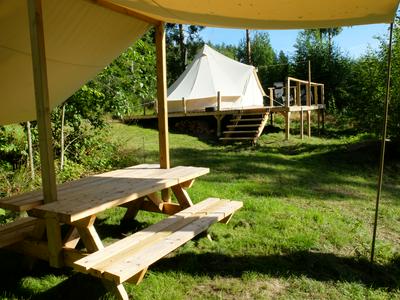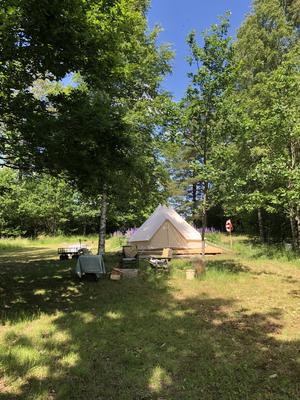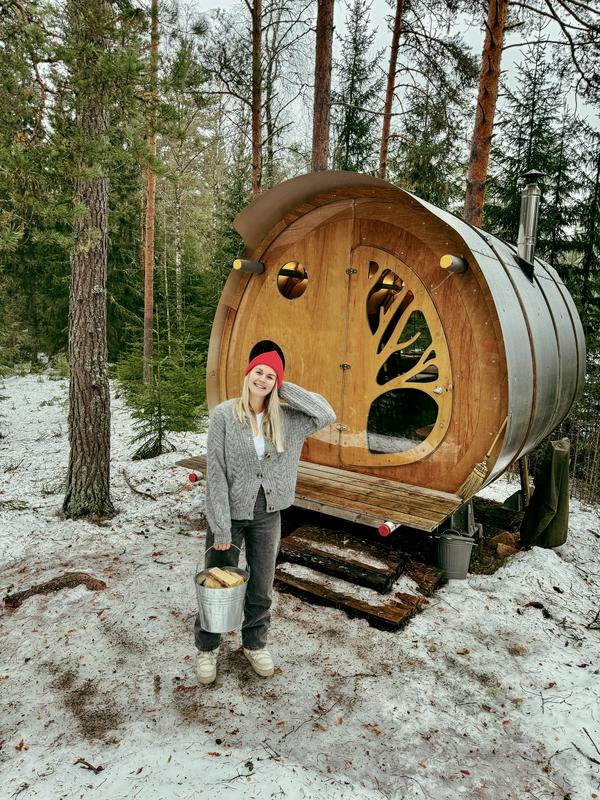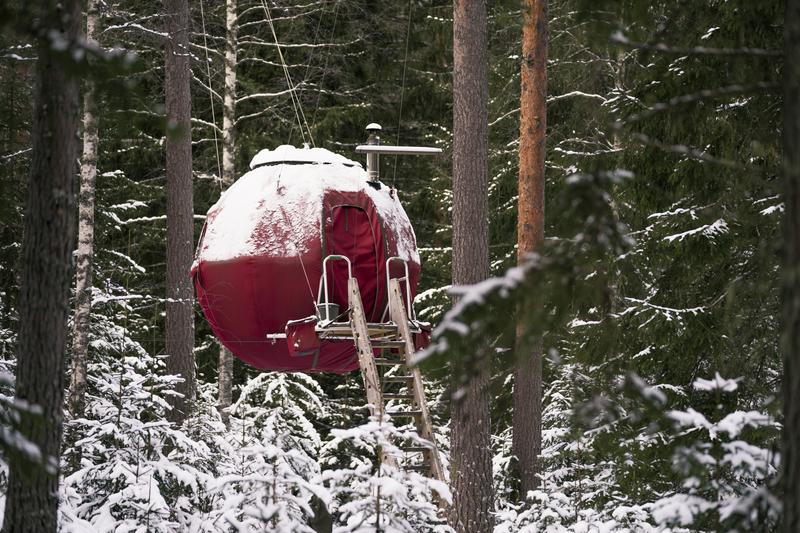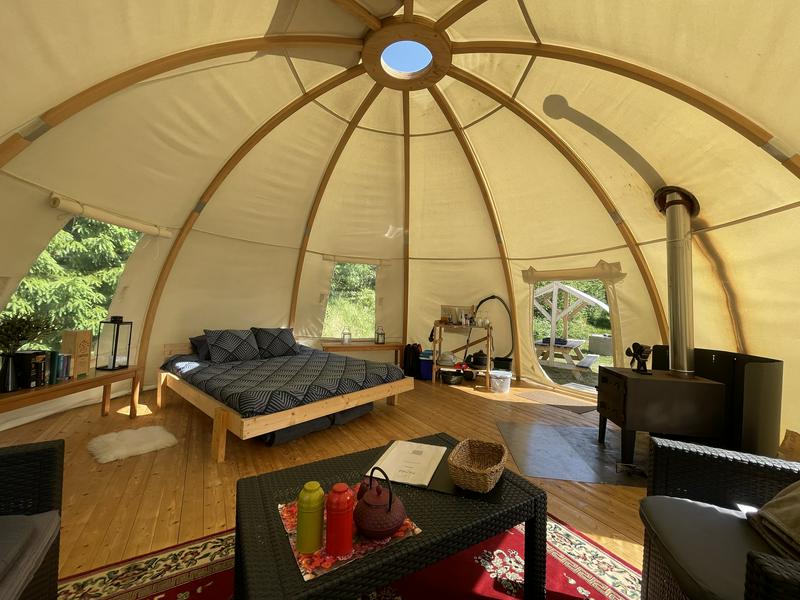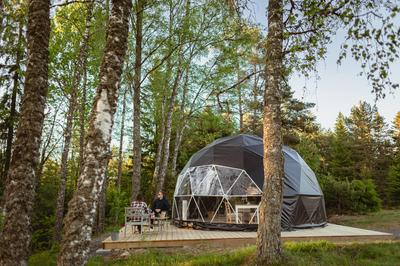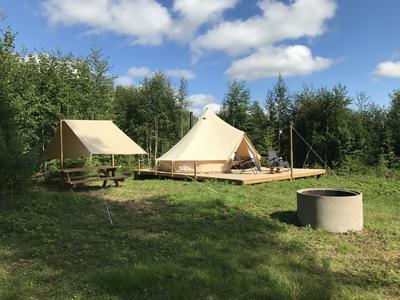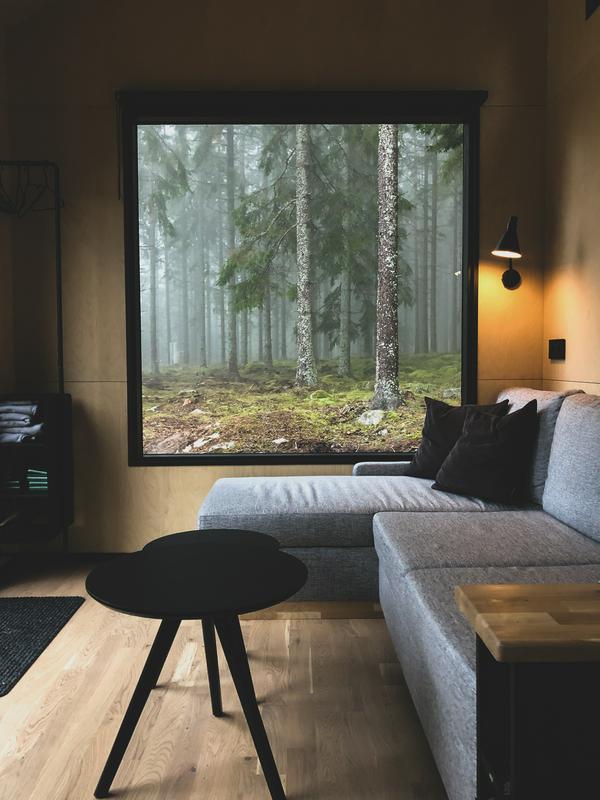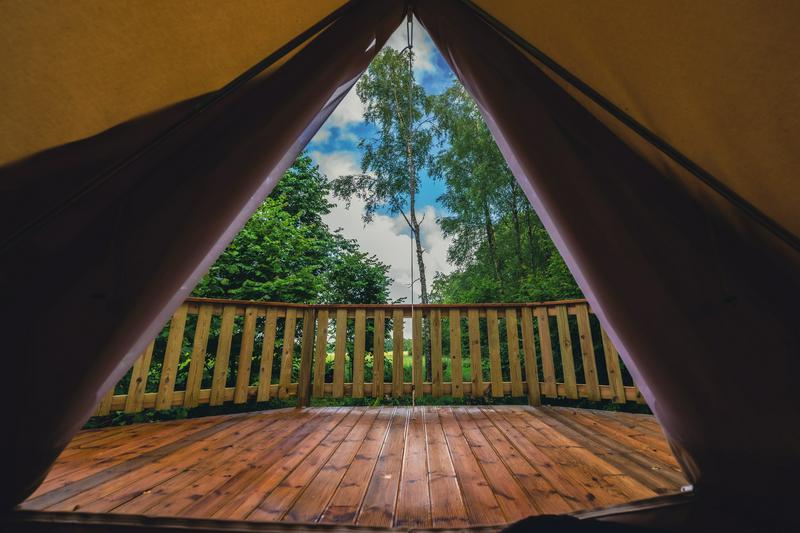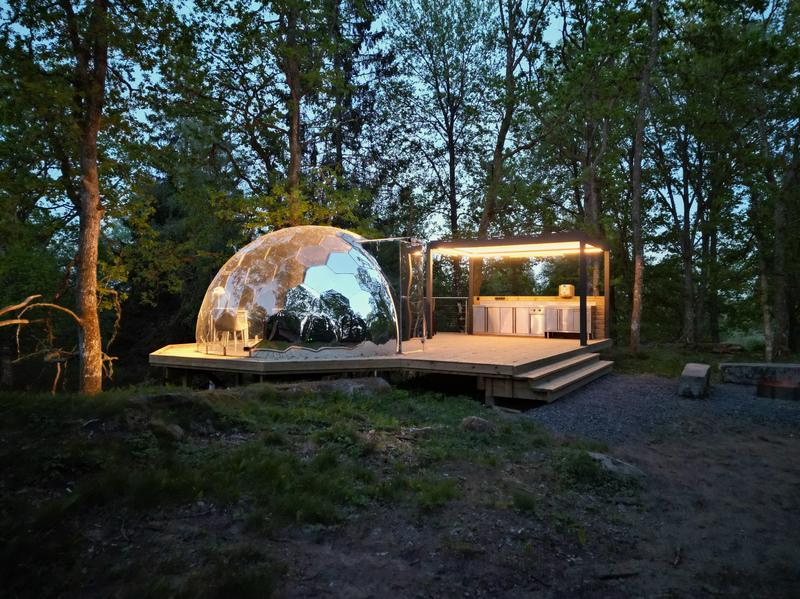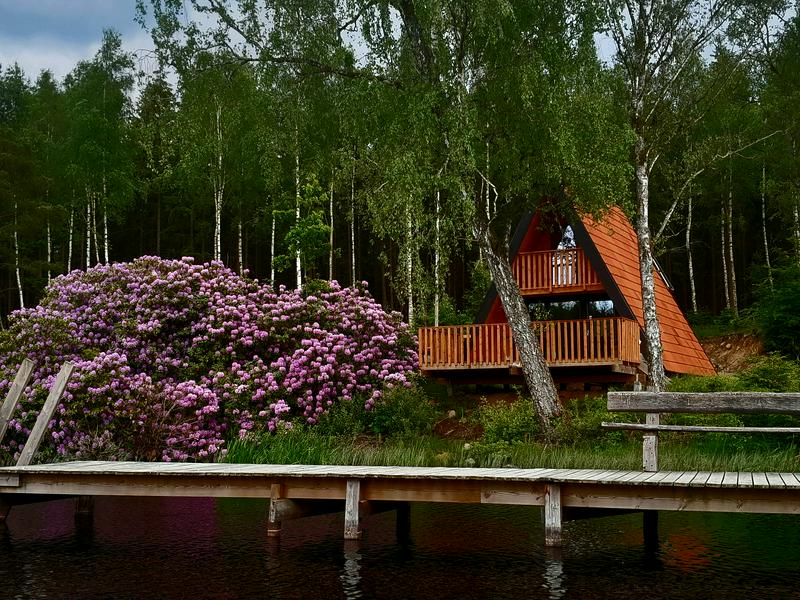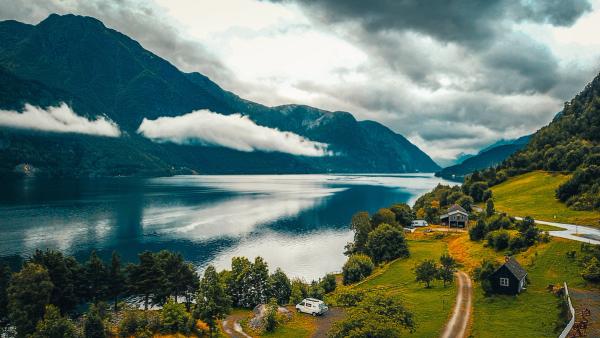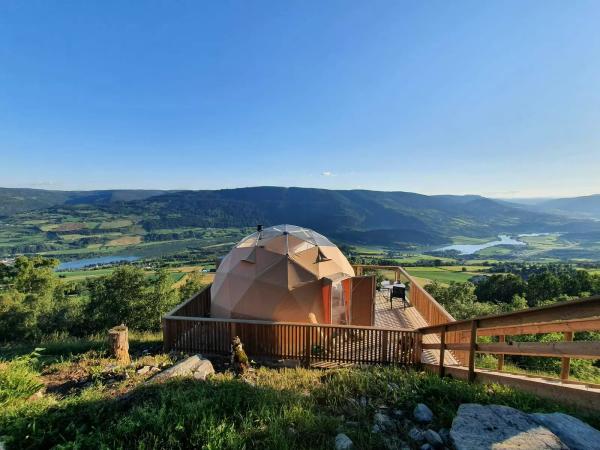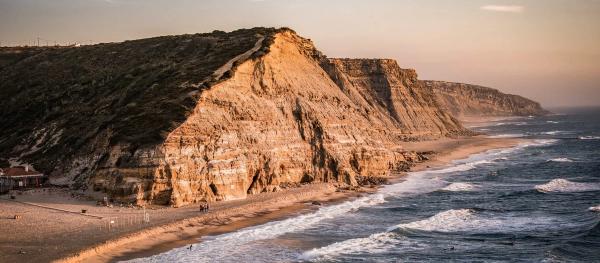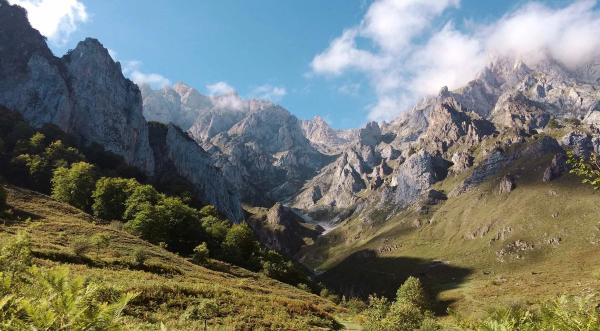
Camping in Sweden
Find the best areas and places to go camping in Sweden. Discover the best campsites, RV parks, and tent spots across the country.
Camping Sweden: Find the best places to stay for your trip

The things we love about camping in Sweden
Sweden's relaxed vibe and vibrant seasons make it one of our favorite Scandinavian countries for camping. On a camping trip to Sweden you can experience something of everything, from the arctic sami lifestyle in Swedish Lapland where you enjoy the midnight sun, to the slow life along the many Swedish inland lakes, to the picturesque scenery along the southern coast, with white beaches that stretch for miles and idyllic small villages. If you’re going camping in Sweden, the possibilities are endless.
The country is also very camper-friendly and camping is very accessible across the country. Sweden’s right to roam act makes it legal to camp (almost) anywhere in wild nature, as long as you are outside private ground. But Sweden is far from short on campsites with facilities for those who prefer that – as there’s more than 500 of them scattered across the country.
Popular destinations for camping in Sweden
Camping and cultural heritage in Gotland
Sweden’s largest island Gotland is a very popular place to visit, especially in summer. Camping in Gotland almost feels like going back in time, with lots of ruins and architecture from medieval times and the Viking Age, while life along the coast of Gotland is slow. During the Viking Age, Gotland became one of Northern Europe's wealthiest areas which is reflected in some of the buildings and the rich cultural heritage.
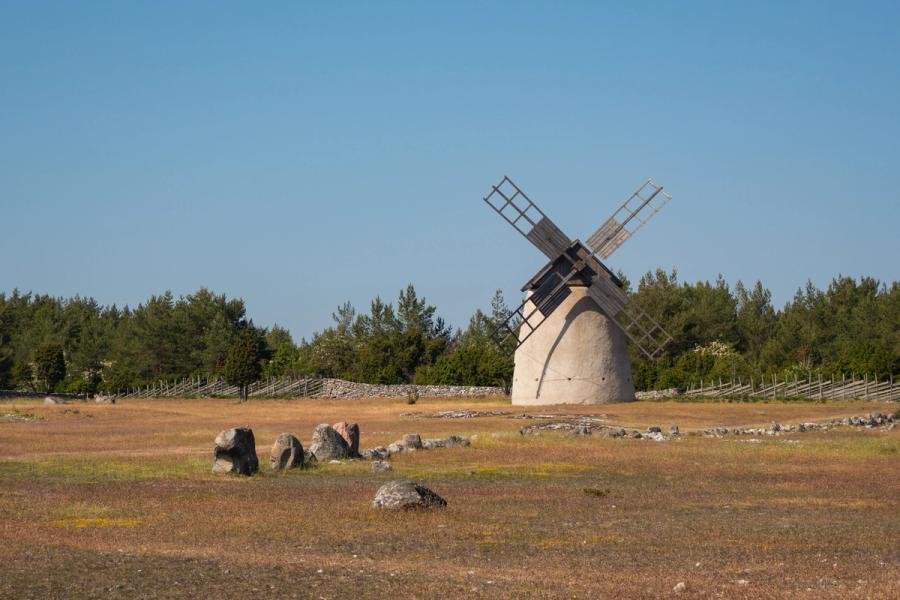
Skåne
The southernmost region in Sweden is the perfect stay for unique camping adventure with summer activities, and a good shot at sun hours. The further down you go, the more sand covers the landscape – adding to the summer vibe. Skåne is very flat, which makes it perfect for taking long bike rides, beach walks and easy living. The milder weather makes the season for camping in Skåne longer than the rest of the country.

Öland
Öland means Island land, as the Ö means island in Swedish. The island on the southeast coast of Sweden, just outside Kalmar, is the country’s second-largest island. The narrow but long island is loved for its idyllic summer vibe and its many traditional windmills. It’s unsurprising that Öland is the Swedish royal family’s favorite holiday destination. Camping in Öland is very popular during the high season, which runs from May until September, so make sure to book in time.

Norrland
If you want to experience some of the arctic culture during your camping trip to Sweden, Norrland is the place to go. The least populatedarea in Sweden has lots of raw nature, from spectacular plateaus to magnificent waterfalls and mountains. We recommend exploring Storforsen i Norrbotten, taking a hike to Sweden's highest mountain Kebnekaise, discovering the mountain range Lapporten as the entry to Lappland, and getting acquainted with the Swedish sami culture in Luleå.
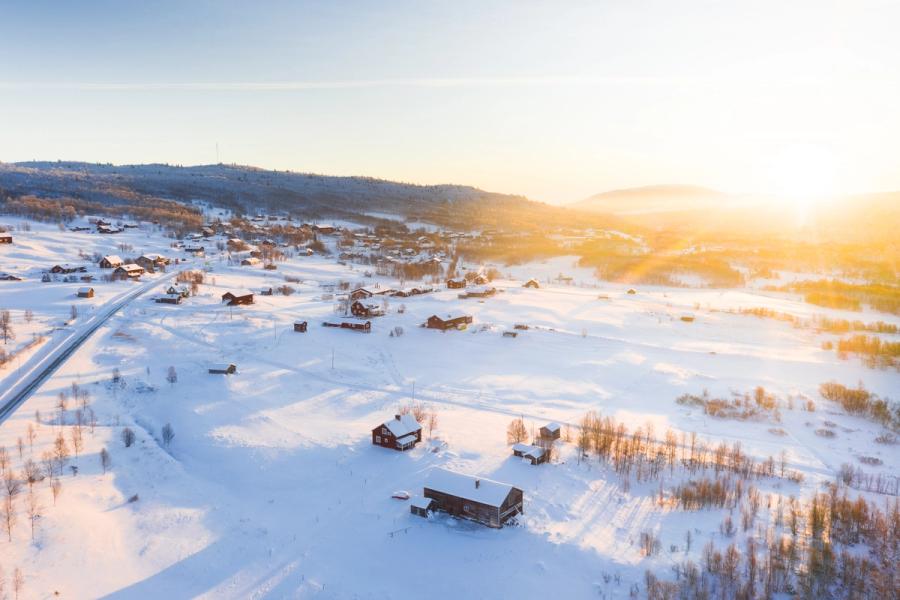
Västkusten
Västkusten refers to Sweden's coast towards Skagerrak and Kattegatt. It stretches from the Koster Islands next to the Norwegian border all the way to Scania. The iconic area is known for its small villages on shattered skerries across the coast known as “Skärgårdsidyll”, referring to the quintessential island living with cozy small red cottages. To really experience this we suggest stopping by Smögen, Fjällbacka and Tjurpannan Nature Reserve. Due to the more windy coastal climate, this area is also great for wind and kitesurfing.
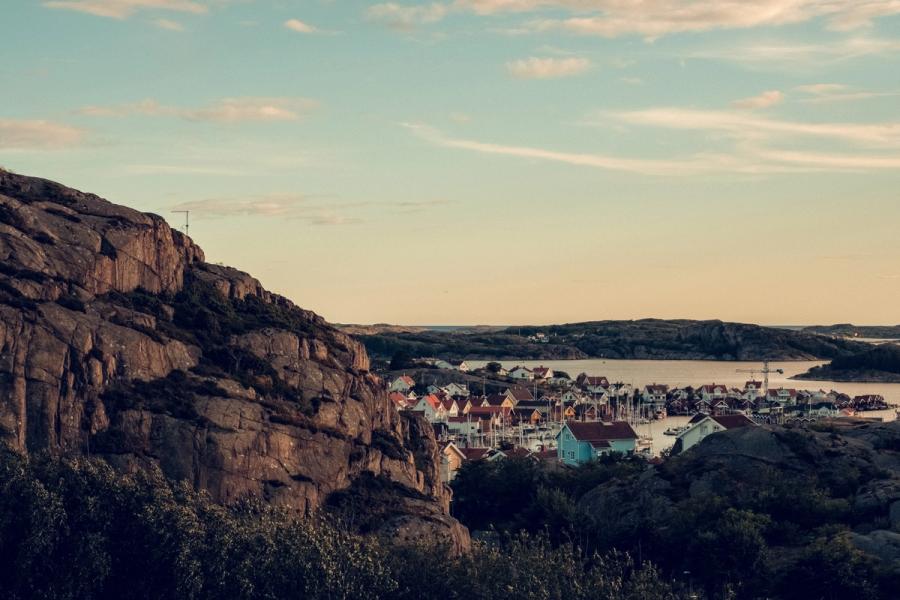
The great lakes of Vänern and Vättern
Sweden has two of the largest and most epic lakes in Europe, which make the perfect destination for a camping holiday. Vänern is the largest lake in the EU, with endless possibilities across the sea-like landscape that, including lake Vättern, stretches for over 128 km from north to south. Both lakes are located relatively close together in the middle of southern Sweden, with the Göta canal joining the two bodies of water. Through the canal and the large lakes you can travel for miles on water, perfect for kayaking or taking one of the many tourist boats to experience the great lakes.
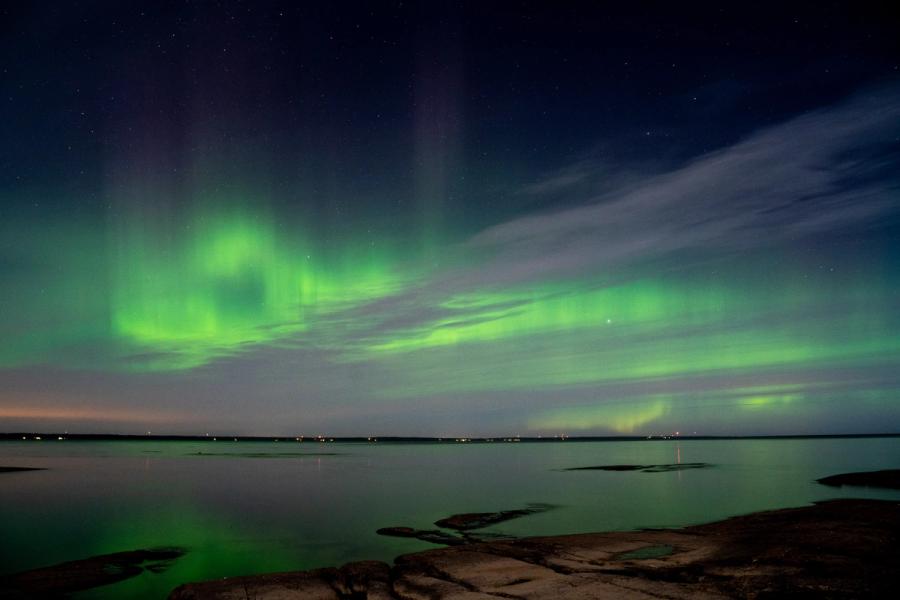

Norms and regulations for camping in Sweden
Camping in Sweden is generally legal, as long as it's not in close proximity to a house. Most natural areas in Sweden are considered public land with open access to anyone. This right is given through the Allemansrätten, or every man’s right, which gives everyone the right to access nature. The law gives everyone the right to hike, walk, cycle, ski, or camp on any land except private gardens. The regulation is a great pride of the Swedish community, so it’s also something that needs to be treated with respect and not taken for granted. With the freedom of Allemansrätten comes great responsibility to the individual to take care of nature and leave no trace behind. The main mantra of the Swedish Freedom to Roam is “do not disturb, do not destroy”.
You are usually allowed to pitch a tent for 1-2 nights in the wild, but not in large groups or for longer periods of time. Camping with motorhomes or campervans is only allowed on public paved lots, while driving into nature or off-road terrain is illegal through the off-road driving law. Regardless, even if public freedom to roam applies, the right comes with some restrictions that are important to take into account. Local norms and regulations still apply from municipality to municipality on top of allemansrätten, in which local regulations always come first. For up-to-date information, contact the individual municipality to see which rules apply locally. Special restrictions also apply to national parks. Bonfires are also generally allowed as long as they’re not made on rocks that can crack. Local authorities often issue fire bans during the summer season, so it’s advised to check with local authorities before lighting a fire.
In the last few years, many places have, however, seen more negative effects of tourists abusing the freedom to roam, especially with regards to wild camping. Many areas have seen a large impact this has had on the environment due to careless behavior, while the local communities have benefitted very little from the increase in tourism. This trend has created some disputes within local communities. In this regard, we always recommend staying at a paid camp spot to support both the environment and local regulations.
Camping Sweden: Enjoy the most of each season
Due to the country’s northern latitude, a camping trip in Sweden looks very different depending on the season you travel in. Wild camping is usually available throughout the year, and the same goes for several farm camps and camping on private land. However many commercial campsites are only open from around March to October.
During winter, you can also rent a traditional simple camping "stuga", with a bit more shelter from the wild weather. In the north, you can experience the northern lights when camping in winter or the midnight sun in Kiruna during summer.
Sunlight and seasons in southern Sweden are more moderate but be prepared for temperatures in minus celsius and snow from December to March. Temperatures can reach up to 25 degrees celsius during peak summer. Also, keep in mind that spring gets quite wet from snow melting in certain regions.
Camping in the landscapes of Astrid Lindgrens Sweden
Many have mainly experienced the Swedish culture and landscapes through the tales of Astrid Lindgren, known worldwide through her international bestselling books, TV shows and series.
In Fjällbacka you can hike up Kungsklyftan. The canyon was also used as a backdrop in parts of the film Ronja Røverdatter, while in Visby on the island of Gotland, you can still visit the Pippi Longstockings famous Villa Villekulla in Kneippbyn.
If you go on a camping trip to Lindgren’s birth region Småland, you can really live out her tales for yourself in the landscapes and villages where the author got most of the inspiration for her tales. There’s a reason it’s coined The Children’s Region, with its charming and slow countryside living. Here you can travel the old, sandy truckers roads perfect for bike rides, and visit small villages with traditional red houses. In Astrid Lingdren’s birthplace Vimmerby in Småland, immerse yourself fully into her fantasy world in the theater park Astrid Lindgren’s World.

Frequently asked questions about Camping in Sweden:
Is camping popular in Sweden?
The term friluftsliv is well integrated into Swedish culture, and with that comes the popularity to go camping and spend time in nature. In recent years, camping has become even more popular as more people travel domestically and appreciate the experiences you can get close to home. This, combined with a high demand for environmental travel in Sweden, had created a spike in camping demand. Searches for camping have increased by over 500% over the past 5 years.
What is the best time to go camping in Sweden?
The best time to go camping in Sweden is generally outside winter, from April to September, as you will have milder and dryer weather. Winter camping is also quite common, and some campsites are open all year. If you go winter camping you should be prepared and gear up, as temperatures can go down to -20 degrees celsius during the night. For camping in warmer weather we recommend going in late spring (late May to early June), as the weather is warm and stable while you stay away from the biggest crowds.
How much does it cost to stay at a campsite in Sweden?
The price for one night at a campsite in Sweden usually ranges from 150-400 SEK during the high season, which equals around €14 - €39. During the low season, prices may fall to 100-350 SEK. The price of a campsite usually depends on facilities available and the authenticity of the place.
Can you camp anywhere in Sweden?
Anyone visiting Sweden has the freedom to roam anywhere in nature, which also allows you to camp anywhere in nature. However, there are some restrictions as you are not allowed to set up a tent on farmland, in a garden or near a house. You should also not camp for several days on one spot or with large groups of people.
Login
